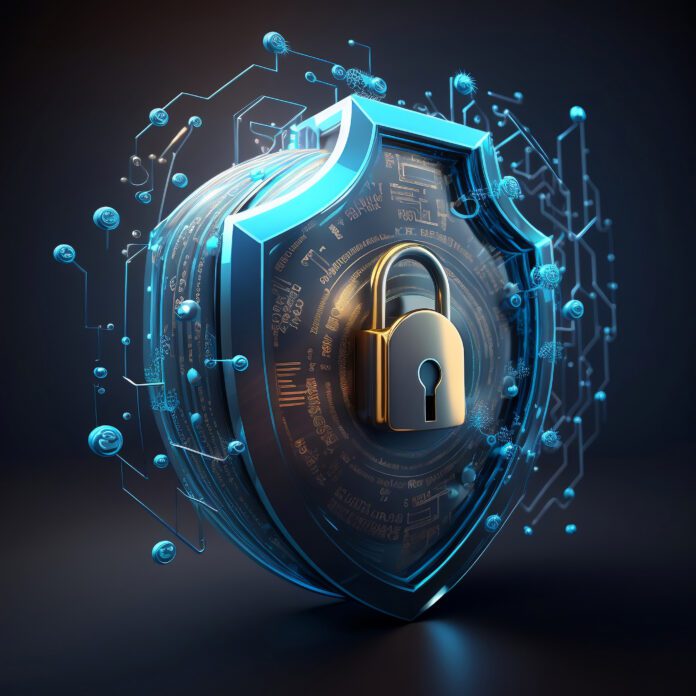Hello, tech team! When it comes to Information Technology (IT), one thing is absolutely non-negotiable: Security. Today, we’ll take a closer look at Information Security Management as laid out in the ISO 20000:2018. Let’s dive in!
1. Information Security Policy: The Bedrock of Safety
Everything starts with a solid foundation. In the realm of Information Security Management under ISO 20000, this foundation is built on an essential Information Security Policy. Think of it as the rulebook. Every player in the game of IT should know, understand, and stick to these rules to ensure a secure environment.
2. The Role of Risk Assessment:
It’s not enough to have rules; we must understand the ‘why’ behind them. This is where a risk assessment comes in. By evaluating potential security threats, businesses can define specific controls aimed at safeguarding their precious data. Essentially, it’s the process of identifying potential nightmares and ensuring they never come to life.
3. Diving Deeper with ISO/IEC 20000-1:
The ISO/IEC 20000-1 is our guiding star when it comes to understanding Information Security Management specifics. It categorizes requirements under:
- Policy: The aforementioned rulebook. It defines what’s allowed, what’s not, and the consequences of stepping out of line.
- Control: Think of this as the tools and mechanisms in place to enforce the policy. It’s the tangible actions and processes that help prevent breaches.
- Incidents: Despite our best efforts, incidents can occur. The ISO standards outline how these incidents should be handled to mitigate damage and prevent recurrence.
4. The Importance of Compliance Communication:
Straight from ISO/IEC 20000, organizations must effectively communicate the importance of adhering to the security policy. Not just that, but the significance of its applicability to the Service Management System (SMS) and the services to the relevant personnel. In simple terms: Make sure everyone knows the rules and why they matter!
5. Control & Information Security Incidents:
The ISO/IEC 20000-1 emphasizes that organizations should agree upon and implement information security controls related to external organizations. And when incidents happen, they must be:
- Recorded and classified.
- Prioritized based on information security risks.
- Escalated when necessary.
- Resolved effectively.
- Closed upon resolution.
Conclusion:
To put it simply, Information Security Management isn’t just about having a list of dos and don’ts. It’s about understanding risks, implementing controls, and handling incidents efficiently. And the ISO 20000? Well, it’s our roadmap to achieving all this and more!



